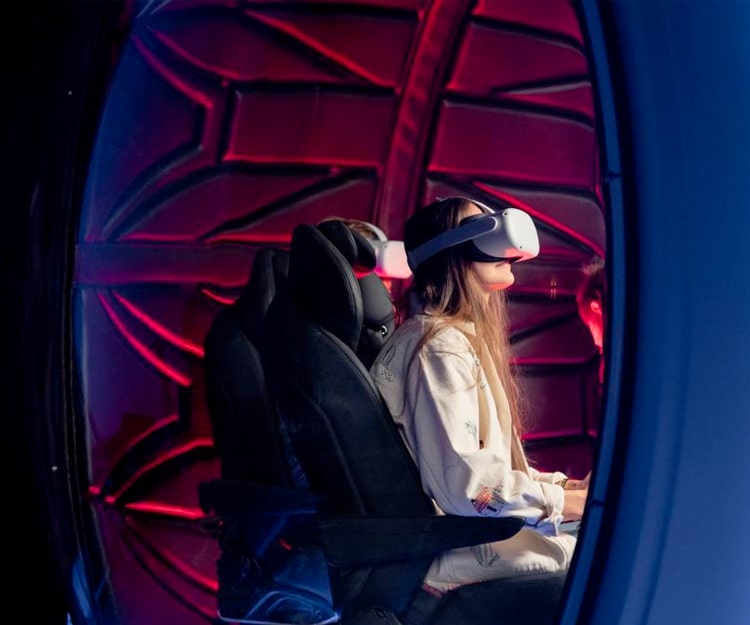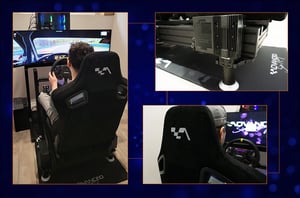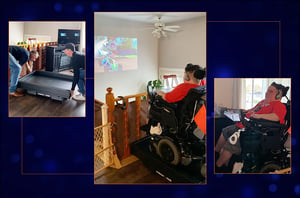What is the Metaverse?
In essence, the Metaverse is an environment in which you can do everything we already do—but virtually. It is an environment in which your nights at the casino and at the bar with your friends can be held virtually, with virtual avatars that you will create and own, and with virtual currency that only has value in the virtual world that will be the Metaverse. The Metaverse will be limitless in the sense that everything that you do in the physical world, you’ll be able to do in the Metaverse as well.
While the description I just gave might have you thinking something along the lines of: ‘I can already do that with my friends in some of my computer games!’, the actual Metaverse will go much, much deeper than the virtual environments we know and use today.
The Metaverse will have full, complete immersion. When you enter the Metaverse, you will no longer feel connected to “reality”—the visual and motion effects will be so realistic that a ball your avatar is holding will be felt in your real hand with immaculate precision.
When you’re in the Metaverse, you’ll be transported to an entirely new world altogether that although is virtual, will carry real world implications as well.
How will the Metaverse change our daily lives?
The Metaverse will not only be used for personal entertainment, but it will also impact a lot of our day-to-day business that we conduct as well.
During the pandemic, for example, the company Meta introduced a version of the Metaverse for meetings—the employees involved would have avatars, which allowed everyone to get a greater sense of body language, of perspectives being shared and of how everyone was feeling—much more so than what one can observe from a normal video call.
The Metaverse will also impact our daily lives because it will allow employees located all around the world to reunite in the virtual world and physically interact within it. This means that you could attend a job interview at a factory on another continent without actually leaving your home!
You will also be able to do your daily shopping in the Metaverse—you’ll be able to try on clothes that will then be shipped to your real home for your real body, for example.
Essentially, all the business that you normally do in a day—whether it be for your career or regarding things you purchase or need to live, like groceries—will also be able to be done in the Metaverse.
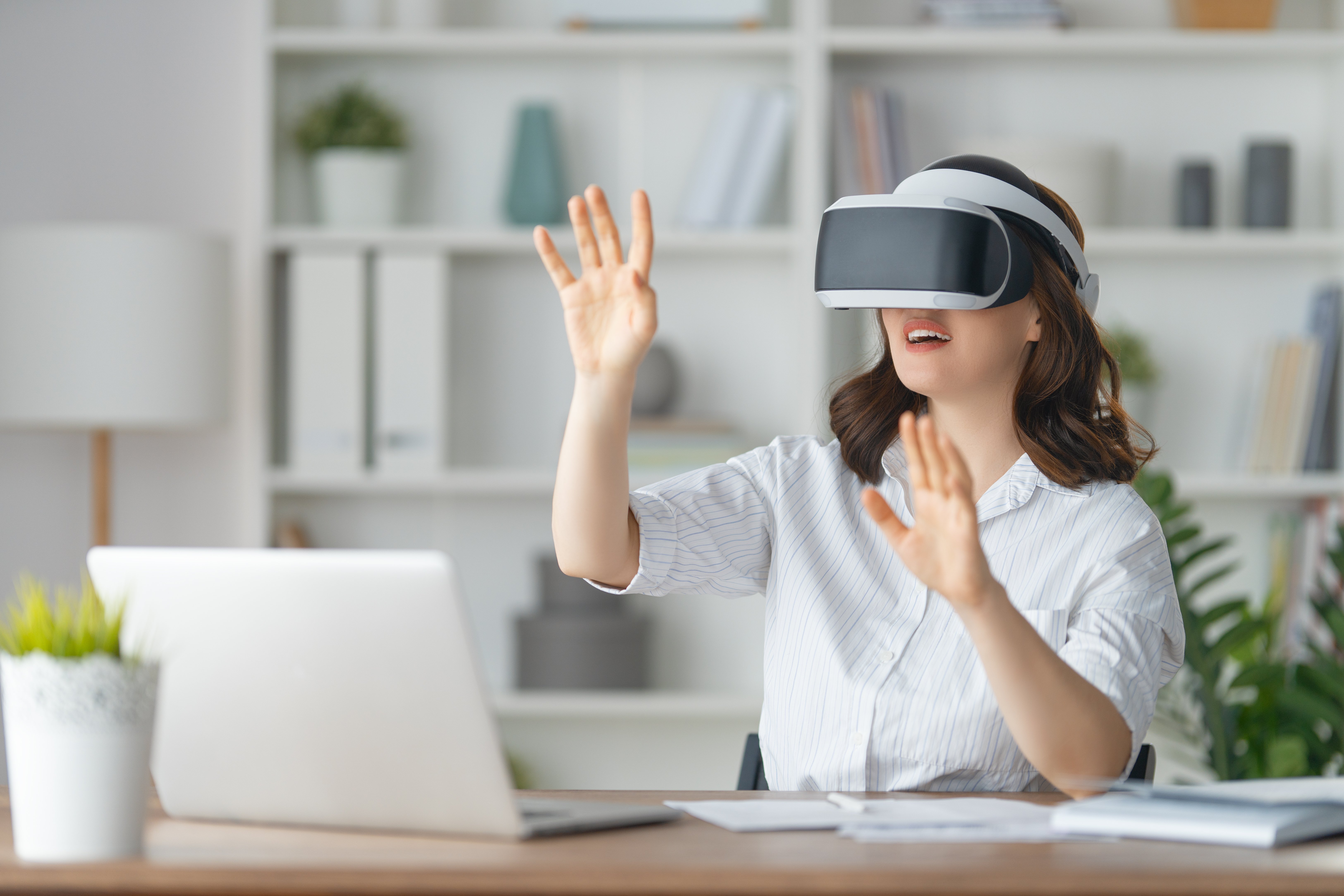
Will the Metaverse be accessible for all?
As it stands, the technology required to create the Metaverse itself is quite expensive. For the Metaverse to be successful, all the equipment required—such as VR headsets, haptic technology and the engine that will support the environment itself—need to be accessible to everyone around the world.
If only those who have the financial means to access the Metaverse are able to participate it, then the Metaverse will not be meeting its intended purpose and will not exist to its full potential. This is why making the Metaverse more accessible is one of the key barriers to getting it up and running.
That being said, everything involving the Metaverse evolves incredibly quickly. Five years ago, the technology to participate in the Metaverse was far from accessible, and today an Oculus VR helmet can go for as little as $299. As the prices continue to go down, the closer we will be to creating this virtual oasis.
How will the Metaverse help businesses?
In order for the Metaverse to be as accessible and as realistic as possible, businesses and companies of all kinds will need to start actively working on Metaverse opportunities.
The Metaverse will help businesses in multiple ways—not only will it allow them to have both a digital and physical presence, but it will also give them the potential to exponentially increase their clientele.
For example, since people around the world will be able to travel anywhere virtually, no longer will you need to buy expensive plane tickets to visit The Louvre in France. With the Metaverse, The Louvre can allow you to buy a virtual ticket for a fraction of the cost with which you can tour the museum, see all the art pieces, and potentially even interact with them in a safe way—all as if you were truly in France.
With the ability to offer experiences for people everywhere, there’s no limiting the business that can be done—someone in Brazil can tour the Great Pyramids of Egypt and someone from Mexico can visit the scenic views of the Arctic. The Metaverse can even allow businesses to send clients to outer space, without having them leave their homes!
However, to achieve this international clientele, businesses who would have never thought of working together in the past must start collaborating as soon as possible. Clothing stores, shopping malls, museums and entertainment venues will have to partner with technology companies who will not only give them the crucial access to the Metaverse, but who will also work to make their Metaverse experience one that keeps users from around the world coming back for more!
By partnering with industry experts, companies will be able to completely revolutionize the way they exist and do business altogether.
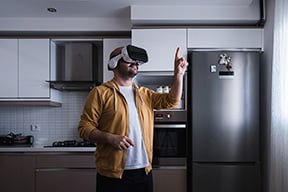
What will the Metaverse be composed of?
For the Metaverse to come together in the way its intended to be used, it will require multiple components: immersive virtual reality, astonishing graphics, realistic haptic feedback and more.
The good news is that all the individual pieces of the Metaverse currently exist and are in place, it’s just a question of putting them all together to create the environment in which the Metaverse will exist. This, however, is no easy feat!
The environment itself will need to be very complete. You will need to be able to go to a concert, to go to a bar, to go to a library to read books, etc.—and this village, if you want to call it that—does not yet exist.
Despite the current lack of environment, it is safe to say that the rest of the Metaverse’s components are established: 360-degree video already exists and is capable of immersing users in ways they’ve never been immersed before, spatial sound allows users to accurately hear the location of someone whispering something from behind them to their left, for example, and realistic haptic feedback is also established—meaning that users can physically feel exactly what their avatars should be feeling in the virtual environment.
Due to all the components of the Metaverse being in place, once the environment itself is established—the entirety of the Metaverse will come together very quickly.
What is the role of haptics in the Metaverse?
Other than the environment itself, high-fidelity haptic feedback is arguably one of the most important components of the Metaverse required to create full immersion.
This is because companies who create haptic technology typically test their products and experiment to determine what parts of the human body are most sensitive to the movements and vibrations that haptic feedback is comprised of. When you target the most sensitive parts of the body with feedback, the user will be physically thrown and immersed in the virtual environment—making the Metaverse as realistic as possible.
Without haptic feedback, a person’s physical body won’t be feeling anything that’s happening to them in the Metaverse, creating a disconnect that will serve as a constant reminder of your place in the real world—no matter how great the audiovisual effects are.
That being said, there are some situations in which haptic feedback might be less required, such as when you’re simply in a virtual conference room attending a speech. However, when you’re in a casino or other such environment, haptics will allow you to get the whole experience: you’ll be able to feel the sounds, lights, vibrations and movements of everyone and everything sharing the same virtual space as you.
It's haptic feedback that will tie the immersion of the Metaverse together—without it, the Metaverse simply cannot exist.
What will be D-BOX’s role in the Metaverse?
When the Metaverse is ready to go, D-BOX will naturally be ready to be an active part of it. D-BOX entered the world of haptics well before the word ‘haptic’ was known and popularized, and the same can be said about D-BOX being in the Metaverse: we’ve been there since before the Metaverse came to be what it is today.
As a matter of fact, one of D-BOX’s first Metaverse experiences goes back to 2016, when we worked with 20th Century Studios to create an experience for their new movie The Martian, starring Matt Damon. This experience had raving reviews and extremely long lines to try it because of how deeply it immersed users onto the Red Planet!
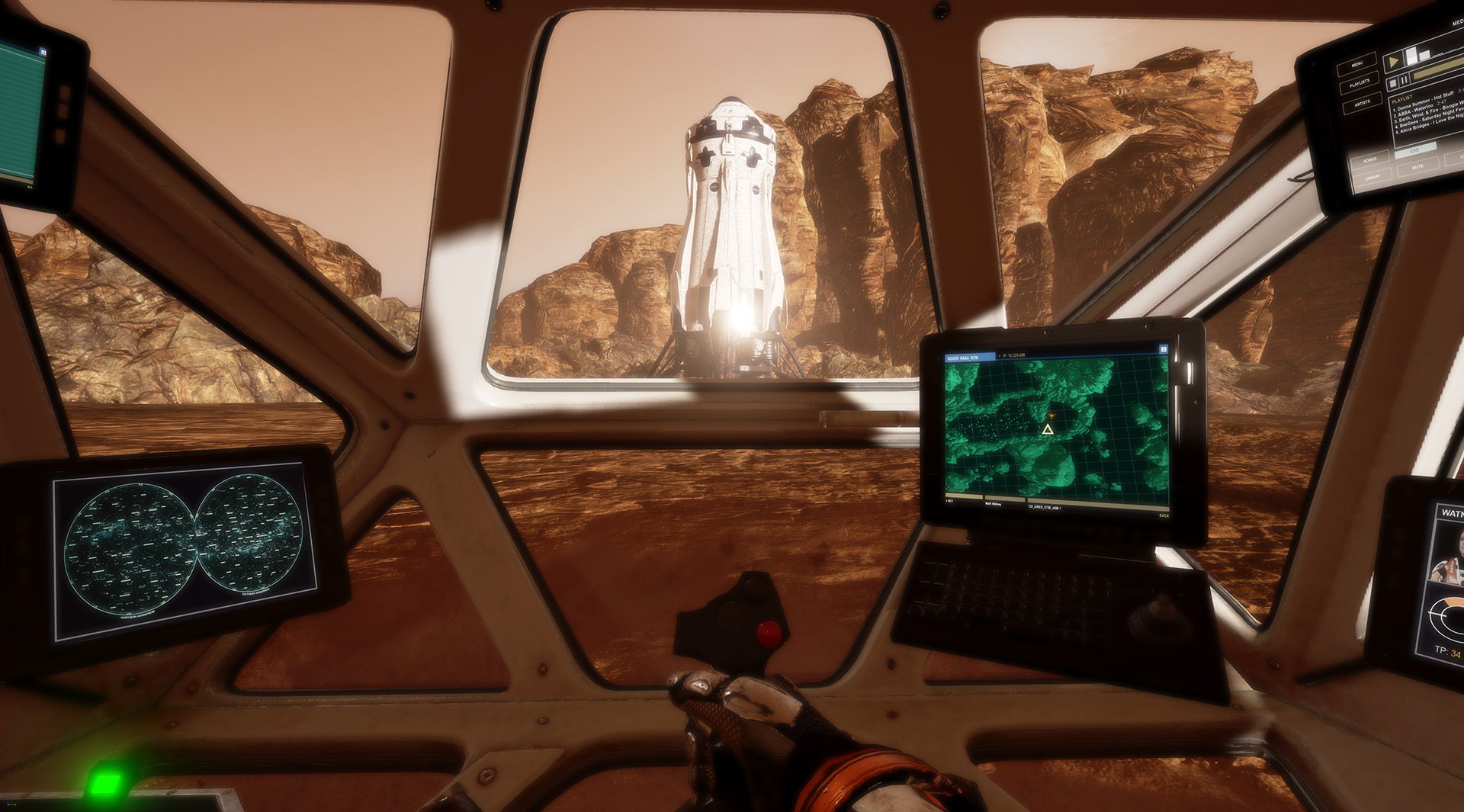
D-BOX was also asked by Sony Pictures to add a haptic track to part of the 2015 movie Goosebumps, for which a scene of the movie was re-shot so that users of the VR experience we worked on would feel as though we were seated next to Jack Black in a car that was being chased by a giant praying mantis.
This is why we’re confident that when the Metaverse launches, we’ll be there to add the total immersion component thanks to our haptic movement codes. We’re currently the only haptic technology company to generate our own content, which means that not only do we provide generic movements, vibrations and textures, but we provide a very wide range of feedback tailored for very specific experiences—making them as realistic as they can possibly be.
For example, other haptic technology companies have their technology based purely on sound, but D-BOX goes deeper than that. If you were to watch Disney’s Moana with D-BOX haptic feedback, you’d be able to feel the water bubbles despite them not making a sound. You’d also be able to feel a car changing directions in a videogame, even though the act of turning the car itself is silent!
The Metaverse: coming soon to a reality near you
The Metaverse will be here very soon and it’s going to bring a whole new way to experience entertainment, do business and a whole new way to live our lives right along with it.
Not only will we have our physical lives, but our virtual ones as well—and the two will be incredibly tied together.

Everything for the Metaverse is ready and in place: the visuals are there, the spatial sound is there, and the immersive haptics are there. The only thing missing is the Metaverse itself. - Robert Desautels, CTO
